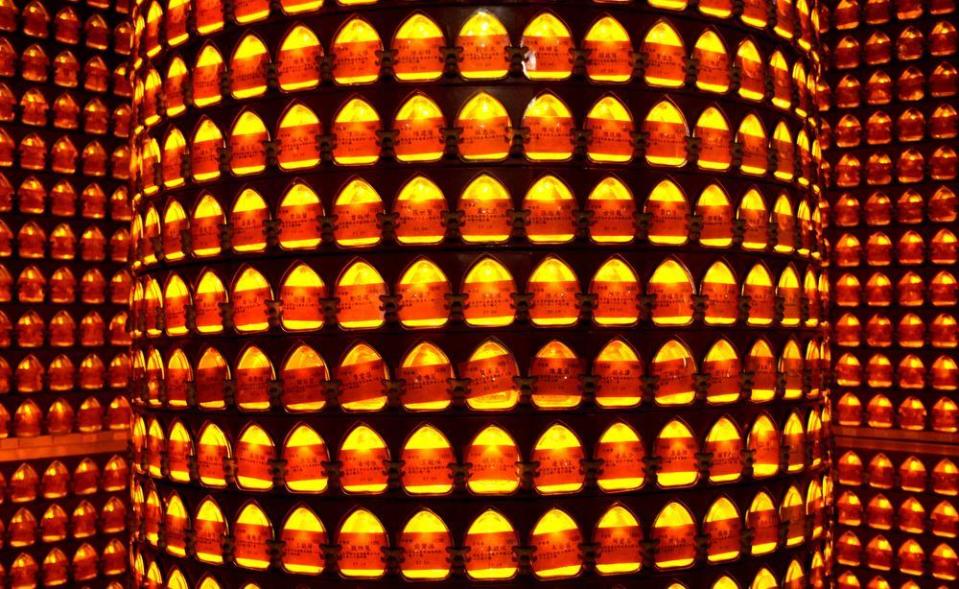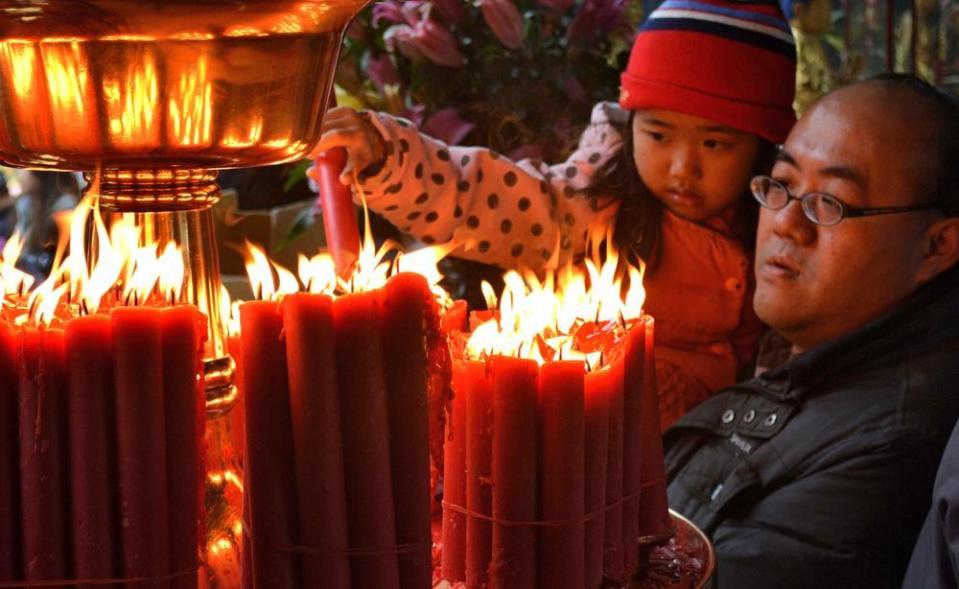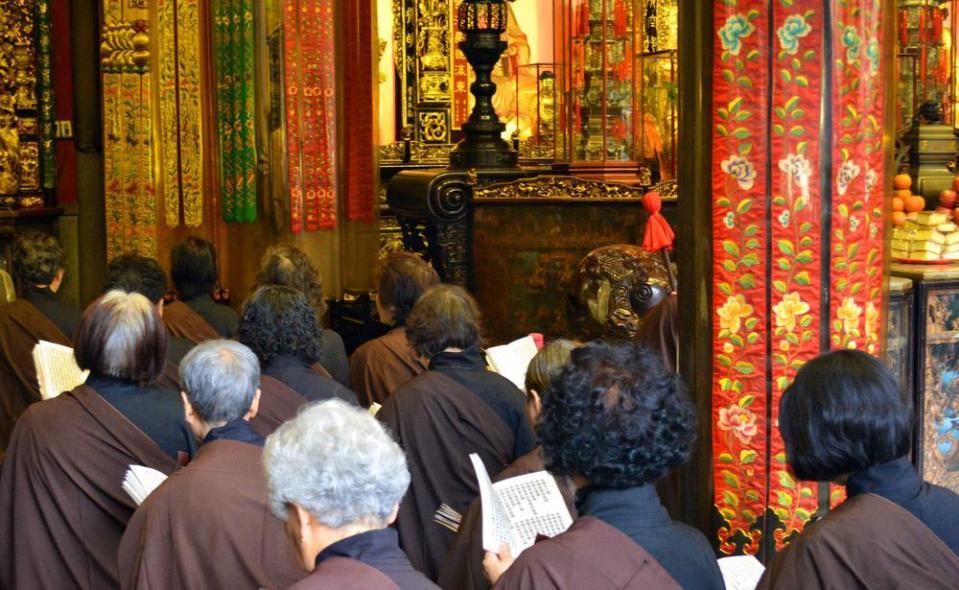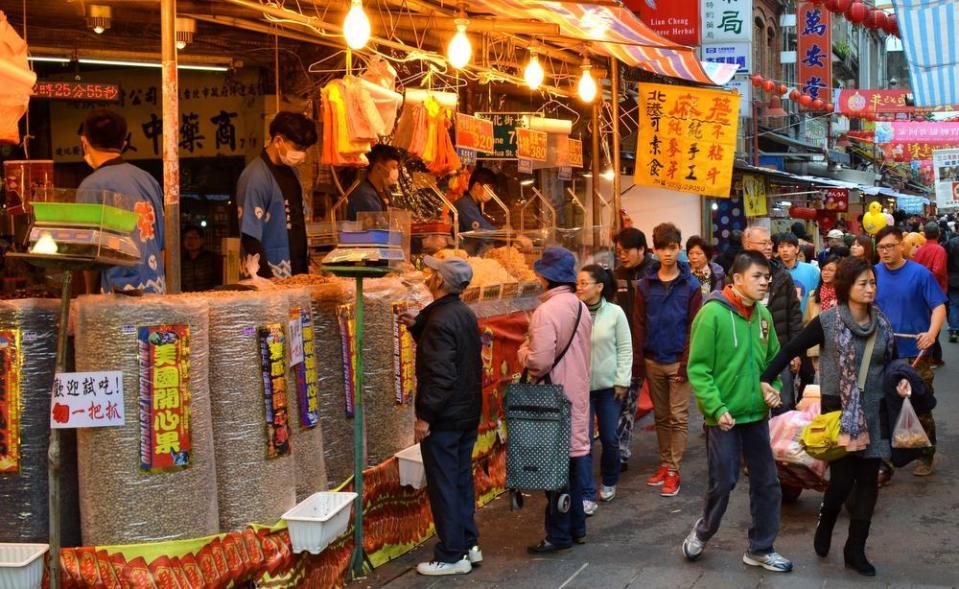Ancient and modern in fascinating Taipei
Ronan O’Connell explores the old districts of a trading city.
Monolithic skyscrapers, cutting-edge technology and electronics distributors — the icons of Taipei are all symbols of modernity.
On the spotless streets of its CBD, between gleaming new apartment blocks and trendy shopping centres, there are few signs of the city’s history.
Rapid urbanisation, started in the early 20th century by the ruling Japanese and continued by the Chinese after the end of World War II, transformed Taipei from a petite capital into one of Asia’s most sophisticated metropolises.
Fortunately, unlike most of mainland China’s big cities, Taipei has not bulldozed all of its old neighbourhoods to make way for fresh developments.
Beyond its shiny CBD are a pair of ancient districts in its inner west which house time-worn markers of Taipei’s past.
Flanked by the Tamsui River, Dadaocheng and Dalongdong were once the commercial and religious centres of Taipei respectively.
The location of the former, by Taipei’s main wharf, allowed it to benefit from the prosperity that swept into Taiwan in the 19th century.
Taipei was established by Chinese immigrants in the early 1700s during the Qing Dynasty but did not flourish for another 100 years. In the 1800s, Taiwan exploited its strategic location within Asia to take advantage of booming global mercantile trade.
Dadaocheng quickly became the commercial pulse of Taipei, a hub for the trade of silk, cotton and tea. Today, in its narrow streets and alleys, storehouses from the 1800s continue to hum with activity.
Some of these buildings are decaying and host families who for generations have used them to sell dried foods ranging from bean curd to fruit, fish and meat.
Others have been meticulously restored or renovated and now house businesses of a more modern persuasion. Design firms, art galleries, chic boutiques and trendy cafes are gradually emerging in this old neighbourhood.
In a small courtyard in Dadaocheng, a group of elderly men is perched on stools, cigarettes hanging from lips, immersed in what appears to be a highly competitive game of cards. Metres away, half a dozen Taiwanese women are swaying in unison to traditional music as they practise dance.
On one side of this public space is a row of businesses offering IT support and marketing services from bright, renovated buildings. On the other is a dusty teahouse, a cramped corner store and a hole-in-the-wall dim sum restaurant.
Dadaocheng is changing but its soul remains. This is palpable in the halls of Dadaocheng’s Lin Liu-Hsin Puppet Theatre Museum, opened 15 years ago to preserve and showcase the history of this performance art.
Housed in two old buildings near Dadaocheng wharf, the museum boasts more than 5000 pieces that highlight the evolution of puppetry across Asia. The museum’s in-house troupe entertains guests at the on-site theatre and has reached such a level of excellence that it has toured more than a dozen countries.
Further shades of Taipei’s past are evident on the crowded spaces of nearby Dihua Street, which pierces Dadaocheng. For more than a century it has been home to one of Taipei's liveliest street markets, which specialises in antiques and a remarkable array of snacks.
Vendors stretch along the street for hundreds of metres, bellowing to grab your attention and holding out plates of free tasters. There are so many sellers and such a variety of food on offer that a hungry individual could fill their belly just by accepting all the giveaways. They’d need to be an adventurous eater though, as the fare ranges from fermented eel to stinky tofu to squid stew.
At weekends and in the evenings, Taipei locals flock to this market to purchase traditional Taiwanese snacks and sweets, many of which are not readily available in other parts of the city. Dihua Street leads through the labyrinthine Dadaocheng, past temples, petite parks, busy squares and colonial townhouses, all the way to the religious heart of Taipei in Dalongdong.
Here, the grand and fascinating structures of Baoan Temple, Xingtian Temple and Confucius Temple are focal points within this peaceful community. Originally a village on the outskirts of Taipei, Dalongdong became the centre of religion as the city expanded and remains so to this day.
Built from wood and stone that was hauled over from mainland China, Baoan Temple is one of the holiest sites in the country. Its eclectic architectural styles, which include features associated with southern, central and eastern China, reflect the diverse ancestries of the Chinese people who settled in this area in the early 19th century.
Each April, Baoan hosts the Baosheng Cultural Festival which includes a huge, colourful parade that snakes through Dalongdong into Dadaocheng.
The parade passes Baoan’s neighbours, the Confucius and Xingtian temples. The former, just 100m from Baoan, was erected in honour of China’s most renowned philosopher. The veneration of Confucius is even evident in its design. Its arches, columns and windows are void of the inscriptions seen at most Chinese temples, in honour of the philosopher’s peerless literary prowess.
Xingtian, too, sports an unusually simple and sparse design. Its spiritual atmosphere, not its architecture, is most striking as worshippers kneel to pray amid the wafting smoke of incense sticks they offer up to the gods.
Xiangtian is a young temple, built less than 50 years ago, but draws on age-old beliefs and customs. This blend of the fresh and the ancient encapsulates Taipei, a futuristic city which hasn’t erased it past.
FACT FILE
Lin Liu-Hsin Puppet Theatre Museum is open from Tuesday to Sunday, 10am to 5pm. Tickets are about $3 for adults and $2 for children. The museum’s in-house troupe holds performances at the adjoining Nadou Theatre. Check ahead for performance dates and times. taipeipuppet.com.
In the east of Dadaocheng, Ningxia Road night market opens every day from 6pm until late. It is one of the busiest and least touristy night markets in Taipei and has a remarkable variety of foods for sale.
Dadaocheng wharf is not as busy a port as it once was, but it remains a fascinating area to explore, watching fishing boats pass by. It’s also the starting point for various pleasure cruises along the Tamsui River.










